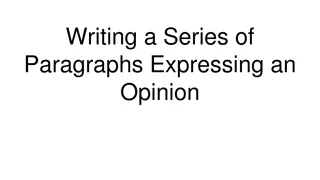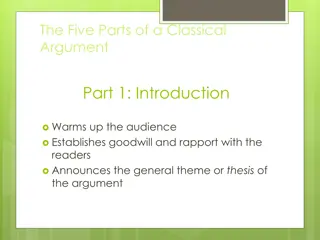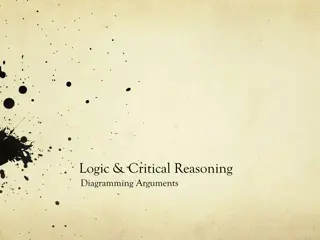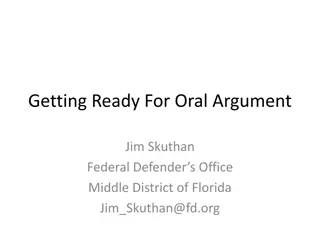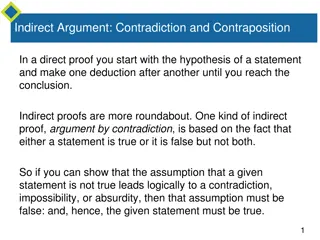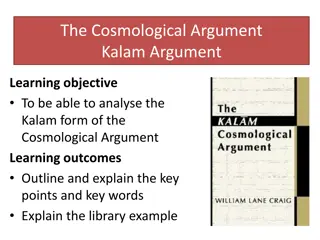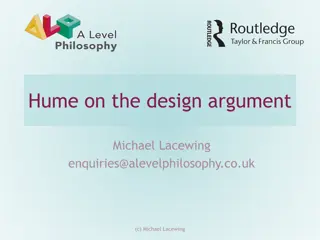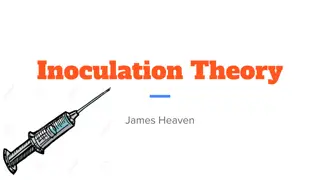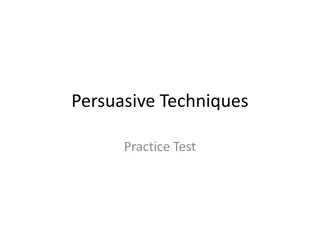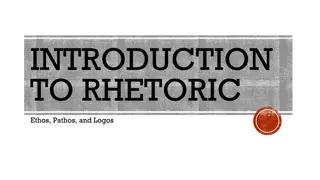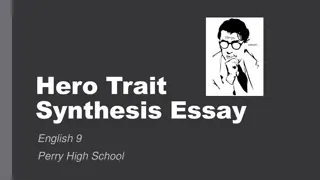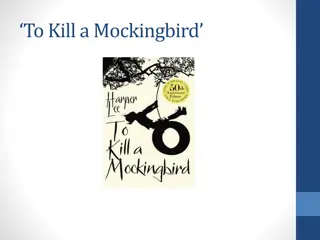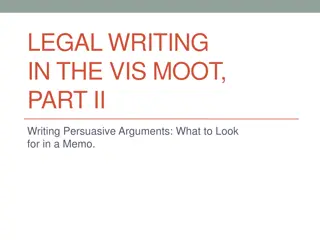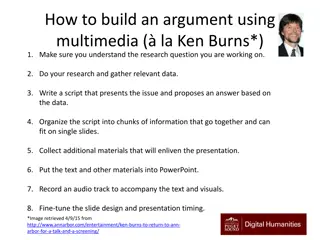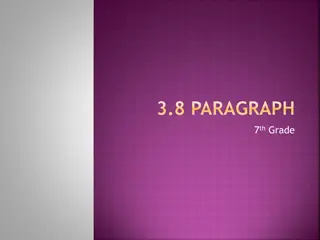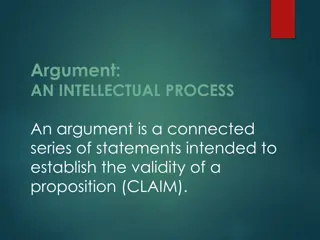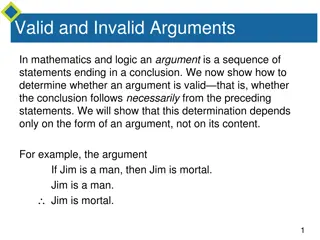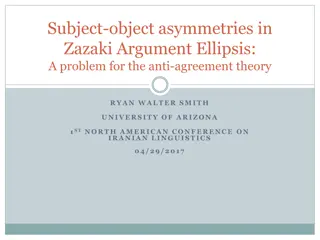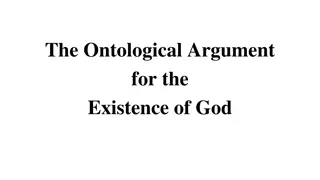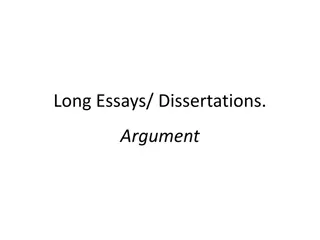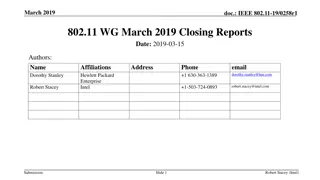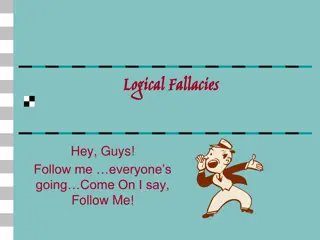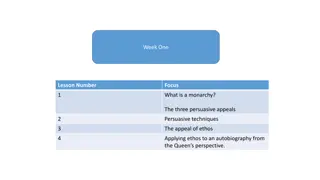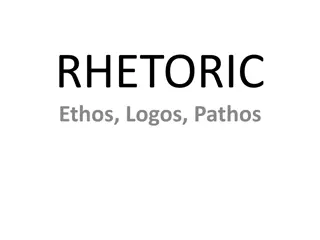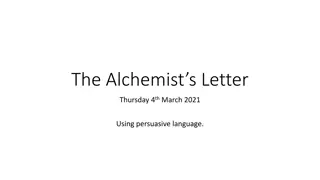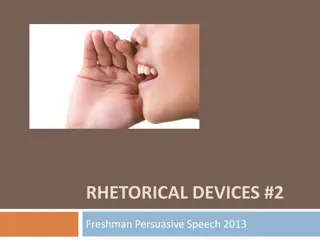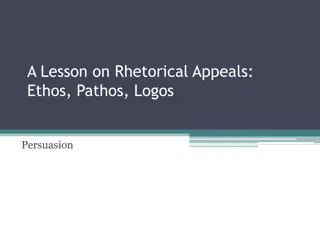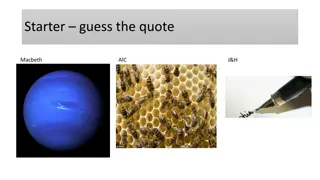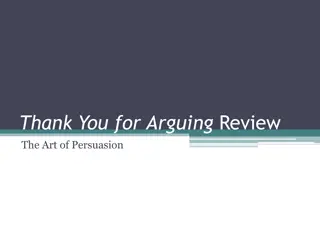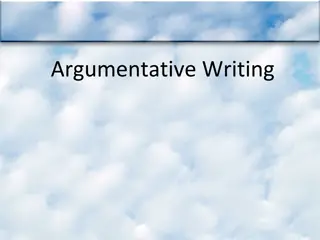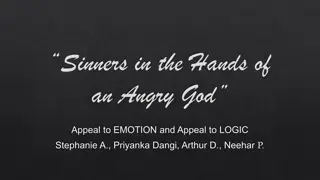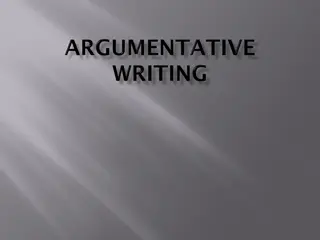Unveiling Persuasive Strategies in Atticus' Closing Argument
Explore the comprehensive analysis of persuasive strategies employed by Atticus in his closing argument, including ethos, pathos, logos, and linguistic devices. Delve into the intricacies of sender-receiver relationship, message content, emotional appeals, logical reasoning, and language choices.
Download Presentation

Please find below an Image/Link to download the presentation.
The content on the website is provided AS IS for your information and personal use only. It may not be sold, licensed, or shared on other websites without obtaining consent from the author. Download presentation by click this link. If you encounter any issues during the download, it is possible that the publisher has removed the file from their server.
E N D
Presentation Transcript
SMELL STRATEGY FOR ARGUMENT ANALYSIS TAKING A LOOK AT ATTICUS CLOSING ARGUMENT
S=SENDER/RECEIVER RELATIONSHIP: TABLES 1 AND 6 Ethos Who is the speaker/writer? Who is the target audience? What does the speaker/writer do to create a rapport/relationship with the audience? What evidence suggests that the speaker/writer knows his/her audience?
M=MESSAGE: TABLES 2 AND 7 Overall main idea Summarize important points or statements What important idea does the speaker/writer want to leave with their audience?
E=EMOTIONAL STRATEGIES: TABLES 3 AND 8 Pathos What feelings does the speaker/writer want to elicit from the audience? Diction/imagery with emotional charge Supports ethos Audience can relate
L=LOGICAL STRATEGIES: TABLE 4 Logos How does the speaker/writer use logic? Facts/numbers/statistics/evidence that can be proven
L=LANGUAGE: TABLE 5 Specific words (diction) and phrases Literary devices/figurative language Imagery How does this impact the message?



